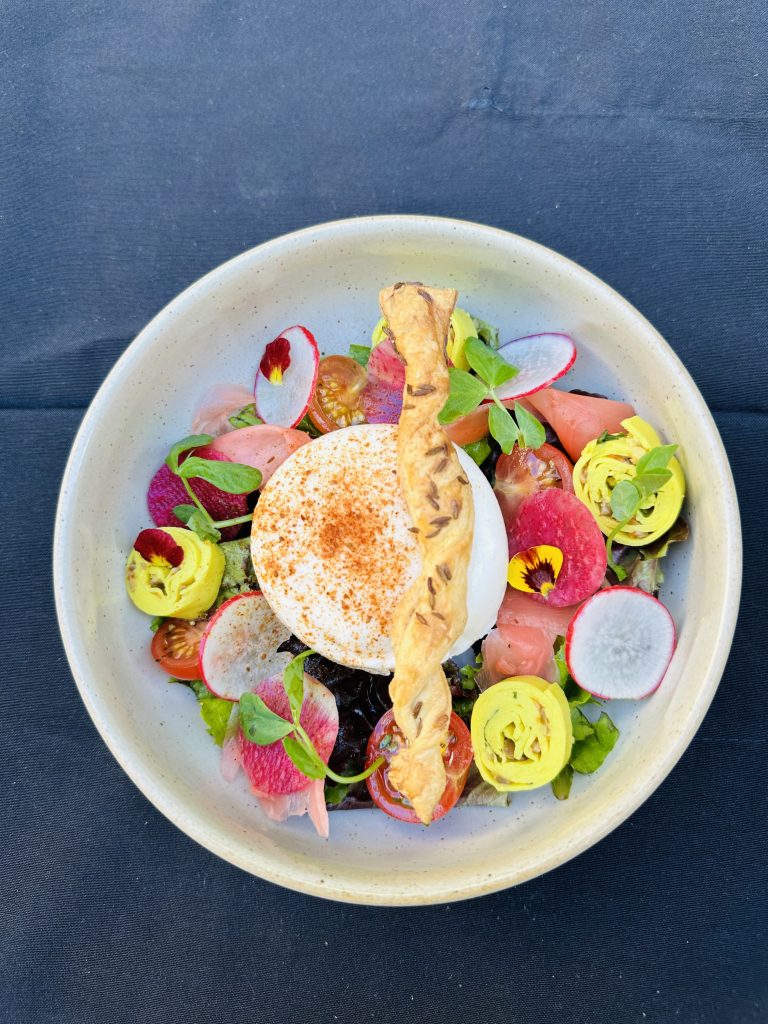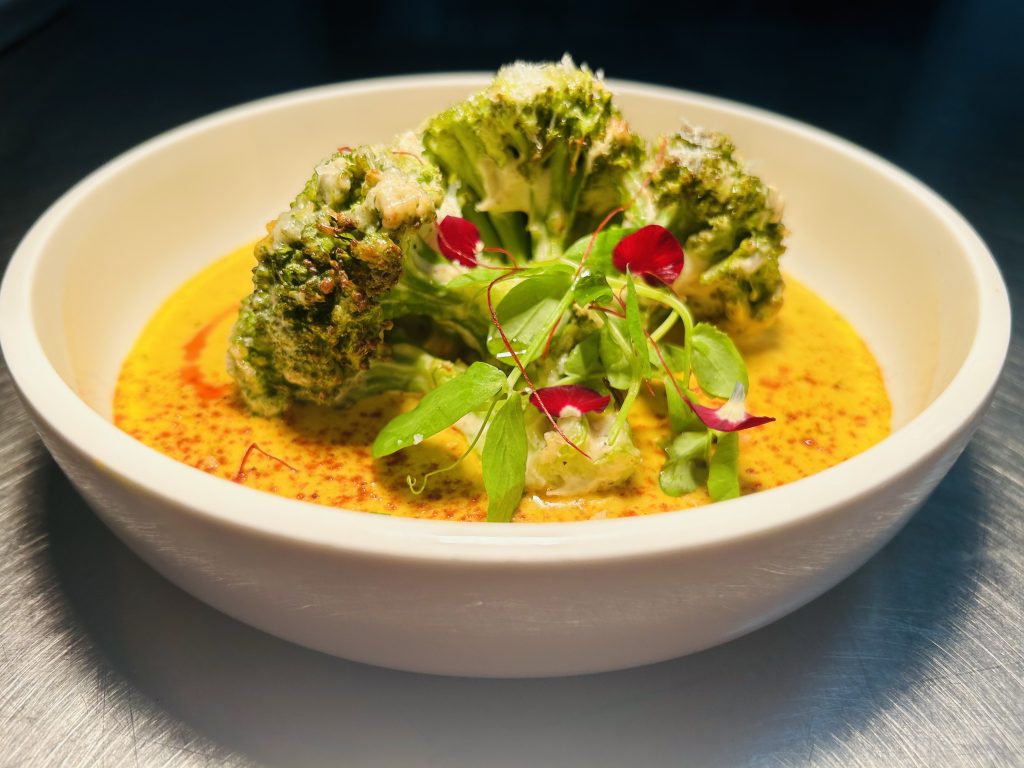(February 5, 2023) Hindi stands tall as one of the significant identities of India’s heritage, and Nilu Gupta, the California-based Indian-origin professor is an ardent proponent of it. As a US resident for the last 25 years she has made great initiatives to preserve Hindi amongst the diaspora and popularise it amongst both Hindi as well as non-Hindi speakers.
In 2021, for her initiatives to promote the language and the Indian culture, and for her exceptional leadership to support the needy back home in India, Nilu Gupta was honoured with the highest award for non-resident Indians and overseas citizens – the Pravasi Bhartiya Samman. “I am grateful to the Government of India for recognising my efforts,” she tells Global Indian.

Professor Nilu Gupta
A well-respected member of the Indian diaspora, Nilu Gupta, the Professor of De Anza College in California is also the founder of UPMA US (Uttar Pradesh Mandal of America). It’s a leading non-profit organisation in North America to help promote and preserve the rich cultural legacy and create a platform for socio-economic growth, and charitable causes of India.
The organisation has been supporting various causes in Uttar Pradesh like free education to the under-privileged children, free skill development with placement, facilitating mass marriages of poor girls and better health facilities for the needy.
From being an exporter to becoming a professor
Before she moved to California, life took Nilu Gupta from Delhi to Europe. Quite different from what she is doing now, Nilu started off her career in the business of textiles. “I have been to many countries as an importer and exporter of textiles,” she says.
After completing her Masters with a first class in Hindi from Delhi University, when Nilu got married, her husband was working as an engineer. It was Nilu’s keenness and acumen for entrepreneurship that he left his job to work with her as a business partner in their export-import venture. “I had honed my business skills watching my exporter father while growing up, and had joined him and my brothers in the family business.” she says. “After my marriage, my husband and I started our own venture,” adds Nilu.
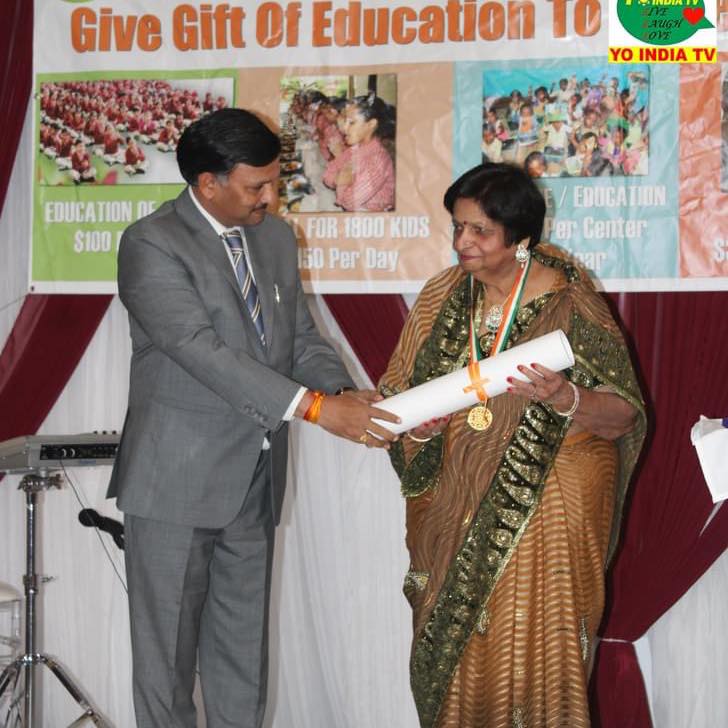
Professor Nilu Gupta receives Pravasi Bharatiya Samman from DR TV Nagendra Prasad, Consul General of India, San Francisco, California
Business took them to different parts of the world. “We stayed in Belgium and Holland for few years before deciding to set base in California,” she recalls. The couple were parents to three boys by that time.
“When the kids were young, we took turns to travel for business,” says Nilu. Once they grew up, the boys secured admission in the US universities, and later the couple moved to US too from Europe. “By that time our kids were settled there and we had wrapped up our business venture to lead a more relaxed life.”
A fresh start…
Enjoying life without much work was not Nilu’s cup of tea, and she decided to engage in something meaningful to get a sense of fulfilment once she set base in California 25 years back. During those times the western US state did not boast of a rich and large Indian diaspora like today.
In her second innings, Nilu decided to make use of her degree in Hindi and start working on promoting the language there. She was joined in her efforts by members of the India Community Centre there. She started teaching Hindi to people from the non-Hindi speaking states so that they are able to communicate in their national language.
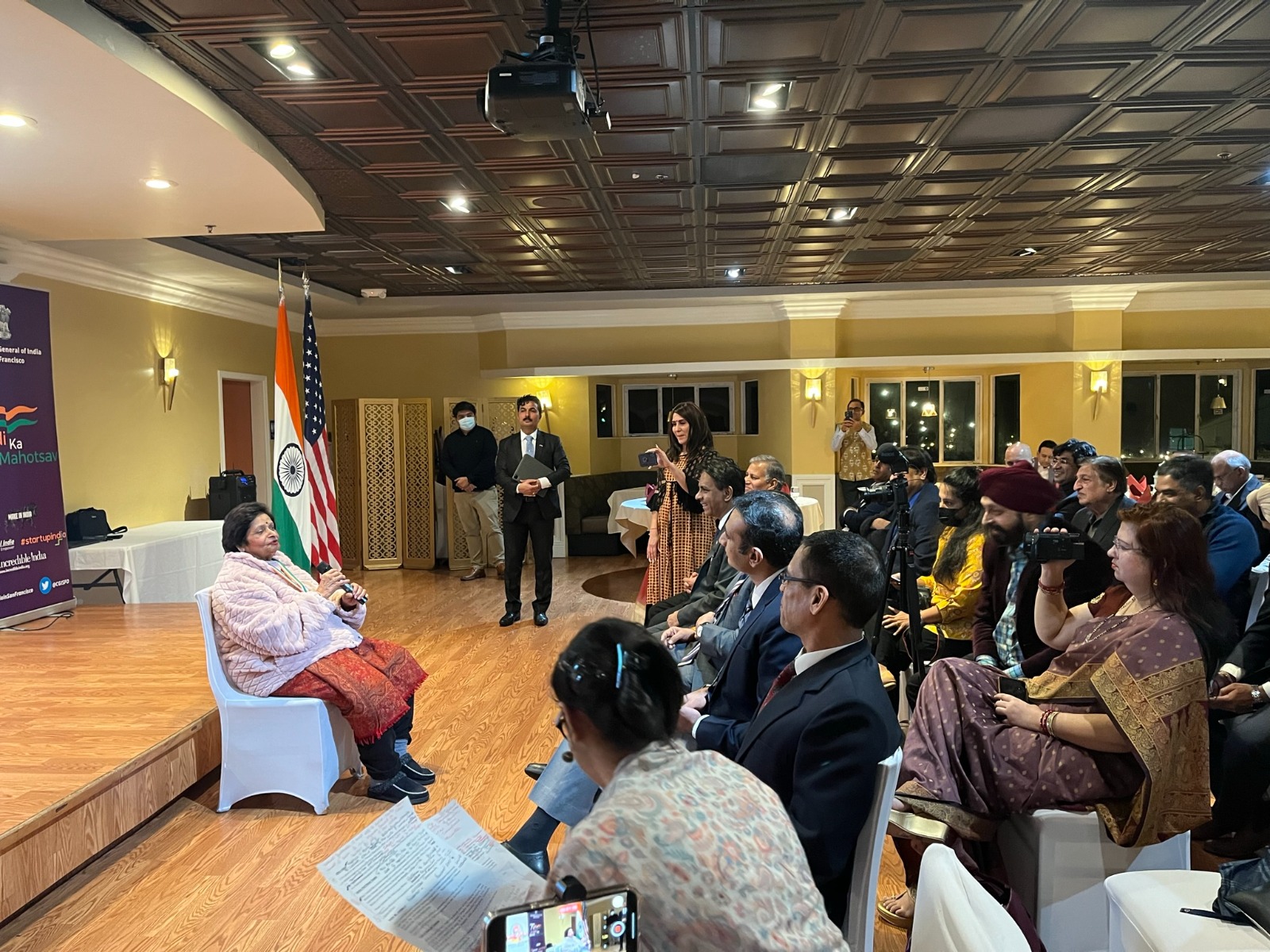
Nilu Gupta at an Indian Consulate event in California
Spreading her wings, Nilu reached out to De Anza College in the bay area of California to promote Hindi as a second language option on campus. “Students of the college had options to choose from more than a dozen foreign languages as their second language which included German, French, Spanish, Mandarin, Japanese, Korean and many more but Hindi was not part of the curriculum,” she says, adding, “Members of the India Community Centre and I wanted the national language of India to be one of the choices for students at De Anza like the languages of other nations.”
Nilu found success in getting Hindi introduced in the college and was also selected to be the professor of the subject from a list of 50 applicants. It was the year 2006. She remains a professor of Hindi at De Anza College, California.
“As per the rules, we were given the chance to introduce the language on the campus on the grounds that it would be discontinued if it fails to garner a given number of students.” Nilu did not want her efforts to go in vain.
She worked hard to make learning so simple and interesting that it appealed to learners massively. With her efforts the course took off so well that De Anza has been running not one but two batches of Hindi learners.
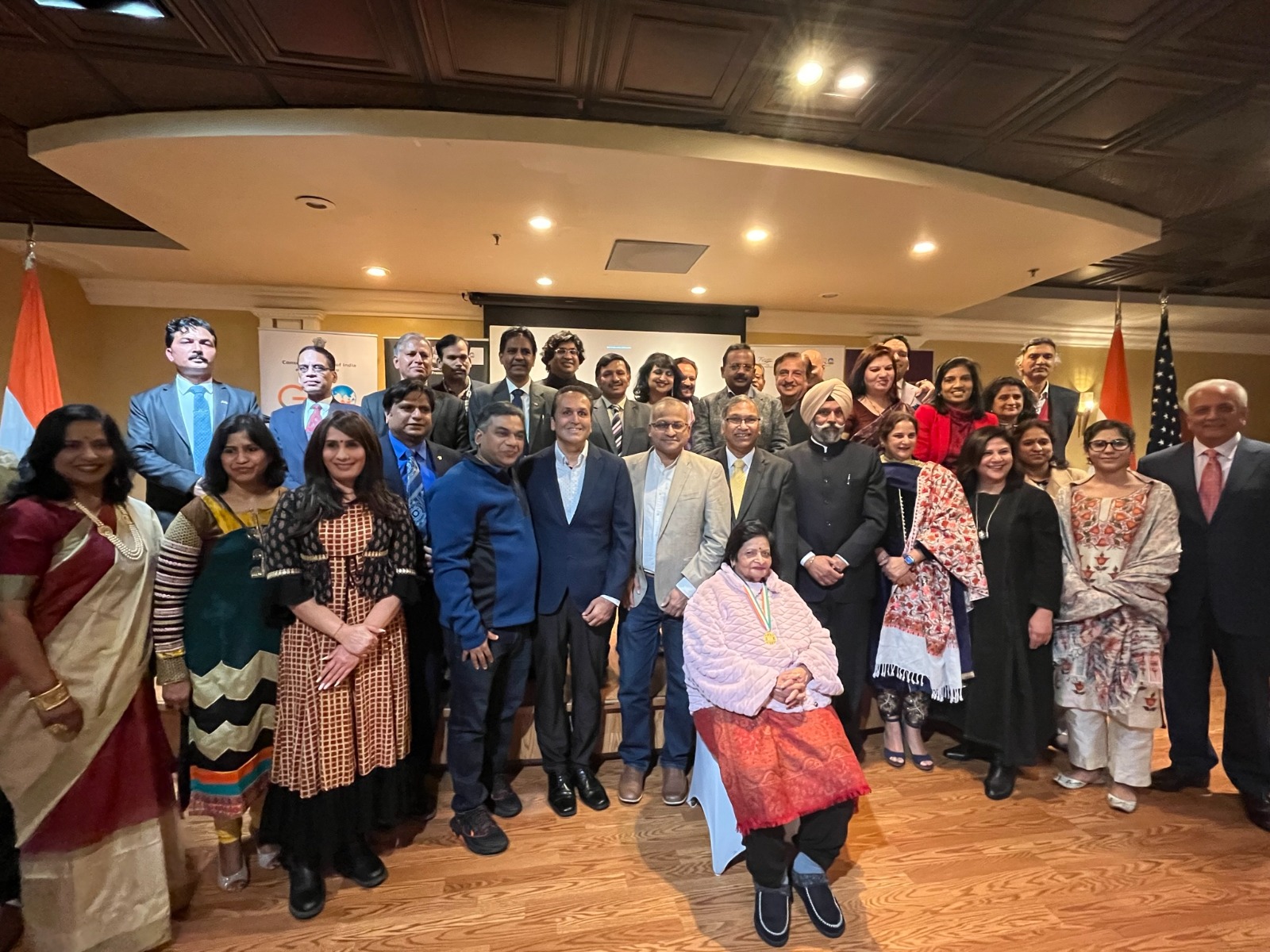
Nilu Gupta at an Indian Consulate event in California
“Twenty-five percent of learners are those who want to learn the language even if they are not from a typical Indian family, with just one parent belonging to the diaspora. The percentage also comprises learners who are not Indians but love the country very much and plan to visit it some day or love Bollywood films so much that they want to understand the language in totality,” reveals Nilu.
“They find the classes so lively that they do not want me to take even a single day off,” says Nilu, who does not just teach the language but also introduces learners to Indian culture, its diversity and richness.
“After completing my Master’s in Hindi, there was a desire to take up teaching and that was fulfilled later in life,” smiles Professor Nilu Gupta. A great satisfaction for her in this whole endeavour is keeping pace with the times of being a teacher in this modern era. Having passed out of Delhi University in 1960 when no one had ever heard of online learning, the dynamic teacher learned to impart lessons through the online mode during the pandemic.
For the sake of Hindi
Nilu has written several elementary books with unique techniques to make Hindi learning simpler for people based in California. She has also written several books of poetry and literature.
Talking about her latest book, Vijayi Vishwa Tiranga Pyaara, Nilu mentions:
What is special about the book is that it is a compilation of poetry and prose of Indian origin people staying in 45 different countries.
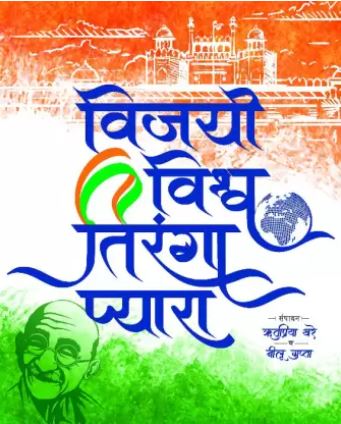
Cover image of her latest book that Professor Nilu Gupta has co-authored with Ritupriya Khare
Apart from teaching De Anza College students, she imparts free Hindi lessons to people in need of it. Nilu and her Hindi loving friends in California have also formed a group called Vishwa Hindi Jyoti. “We meet every month for Kavi Ghosthis (sessions of poetry),” says the poet who has written over 500 poems. One often finds her writing poetry using her smart phone. “I keep on writing as and when ideas come to my mind,” she says.
The Indian Consulate of San Francisco, California has entrusted Nilu and her Vishwa Hindi Jyoti team with the responsibility of organising significant events like Hindi Diwas (14th September) and Vishwa Hindi Diwas (10th January) since the last two decades.
“I am grateful to my team members of Viswa Hindi Jyoti for their dedication and support over the years,” she says. “It’s because of the entire team that we have been doing so well,” says the humanitarian who is in the thick of all diaspora happenings, including welcoming and hosting events for Indian delegates visiting the Consulate.
Giving back…
Nilu and her friends from the diaspora started UPMA (Uttar Pradesh Mandal of America) in 2006. Through leading organizations in India and America, the organisation has been actively working on the causes benefitting the society like free education and skill development with placement, facilitating mass marriages of poor girls and providing better health facilities to the needy in Uttar Pradesh.
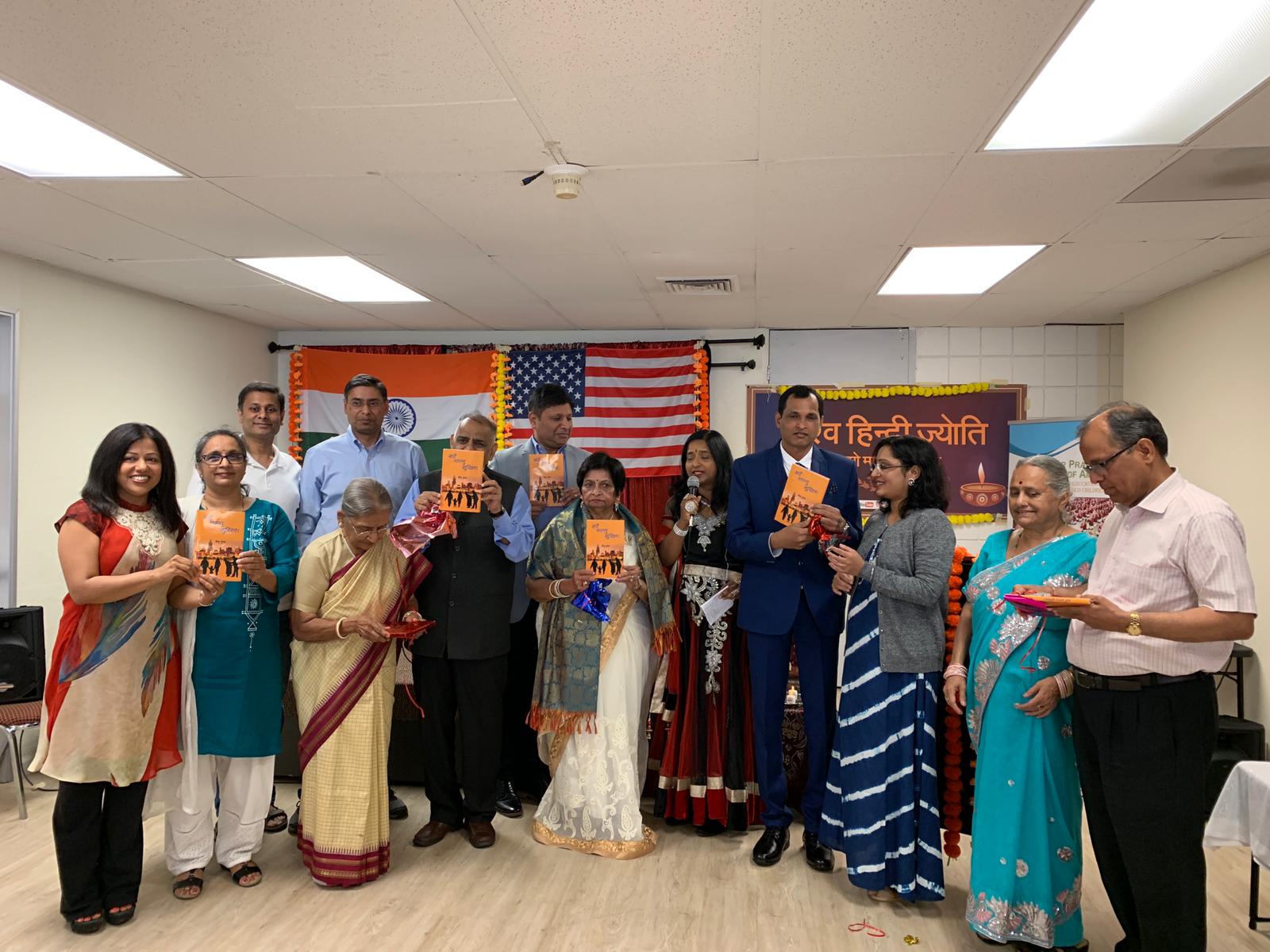
Nilu Gupta with members of Vishwa Hindi Jyoti
“Pravasi Bhartiya Samman that got bestowed upon me was looking at my contribution in not only the sphere of Hindi but also for my social work initiatives,” she adds. The professor is very active in charitable initiatives.
I tell people that they can call me anytime for social initiatives. I am available 24X7 for a good cause.
The philanthropist has been actively supporting a charity – SaiDham, run by her brothers in Faridabad, Haryana. Through this, Nilu and her family in India have been providing free education and food to close to 1,500 children. They have also contributed money to help poor parents marry off their daughters.
The course of life
Professor Nilu Gupta feels happy that she has played a role in a movement where people now feel proud about learning the national language of India. “Earlier people of different diasporas like Spain or Germany used to talk in their mother tongue but we Indians communicated with each other in English. Through UPMA there is a constant effort to keep Hindi and the cultural link with India alive especially amidst the Gen Z of the diaspora who are born and raised in America,” says the humanitarian who does not want youngsters to lose touch with their roots.
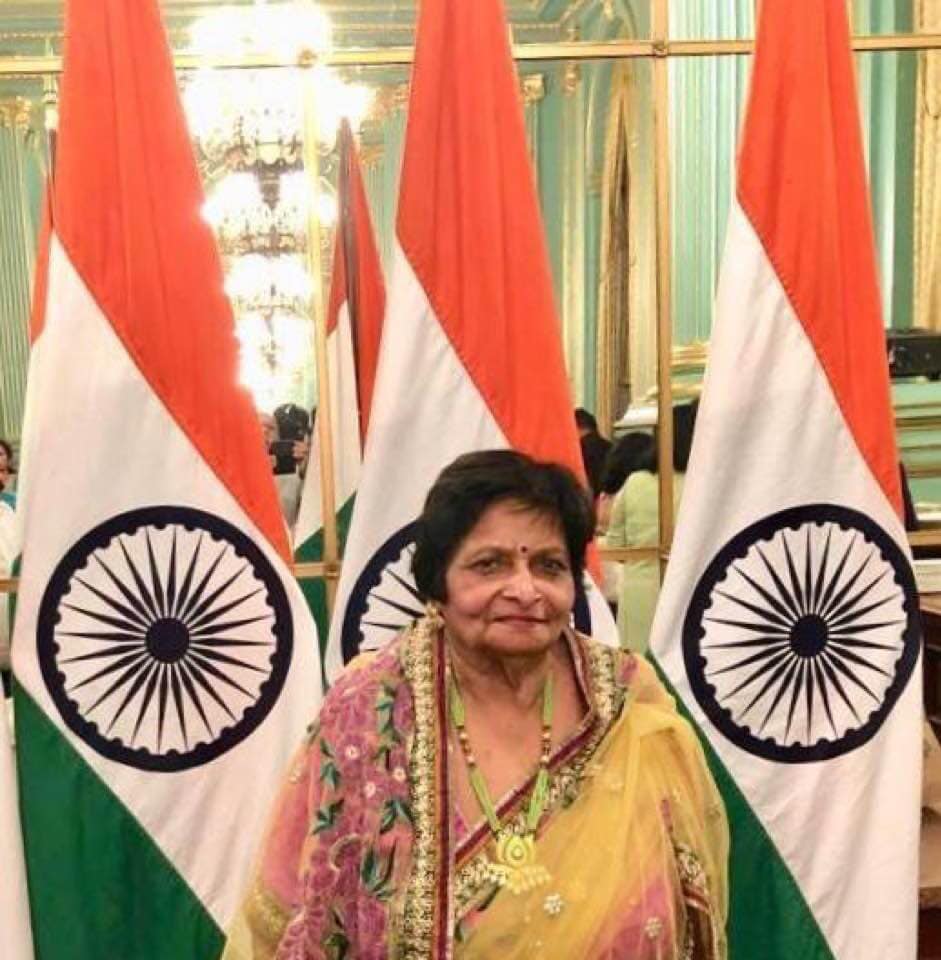
“We have created a little Bharat here and have been organising programmes to bring the Indian diaspora together to celebrate festivals and contribute to humanitarian causes. Close to 6,000 people gather during festive times to be part of garbas and other celebrations,” she mentions.
Hindi in the blood
“Hindi is in my blood because it’s my mother tongue. I don’t feel I do not live in India. In this digital world, staying connected with your country is easier,” Nilu remarks.
India is in my whole being. We might be living away from Bharat but Bharat has not gone away from us
The doting grandmother is a role model for her granddaughter. “She loves conversing with me in Hindi only,” says the proud matriarch who is happy to help young people stay in touch with their cultural legacy, so that they can take it forward for generations to come despite being born and raised in a foreign land.

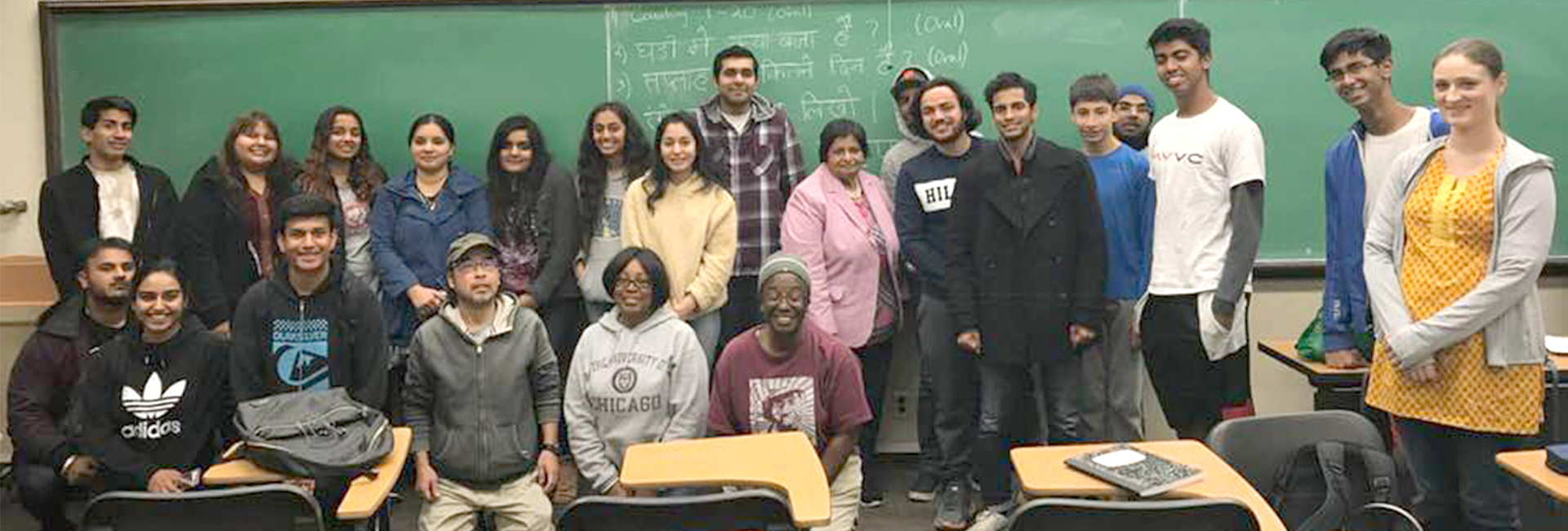

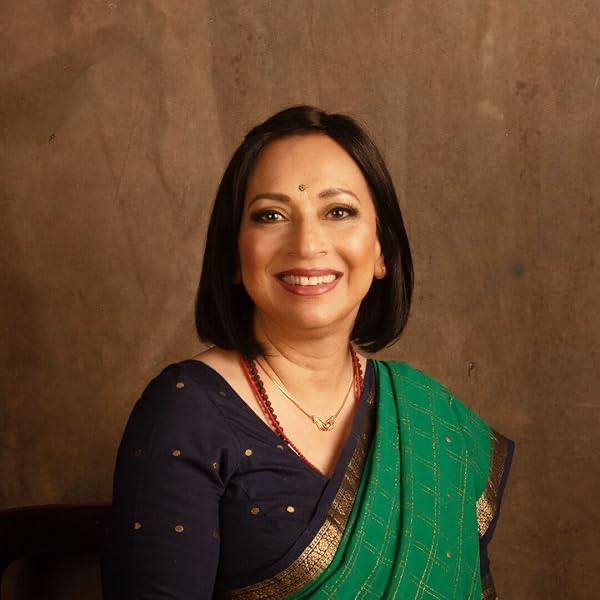 Priya Arora[/caption]
Priya Arora[/caption] Rama: A Man of Dharma, is scheduled for international release in February 2025[/caption]
Rama: A Man of Dharma, is scheduled for international release in February 2025[/caption]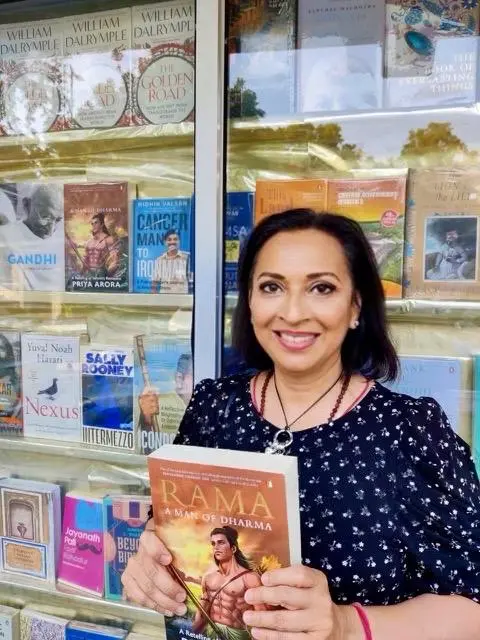
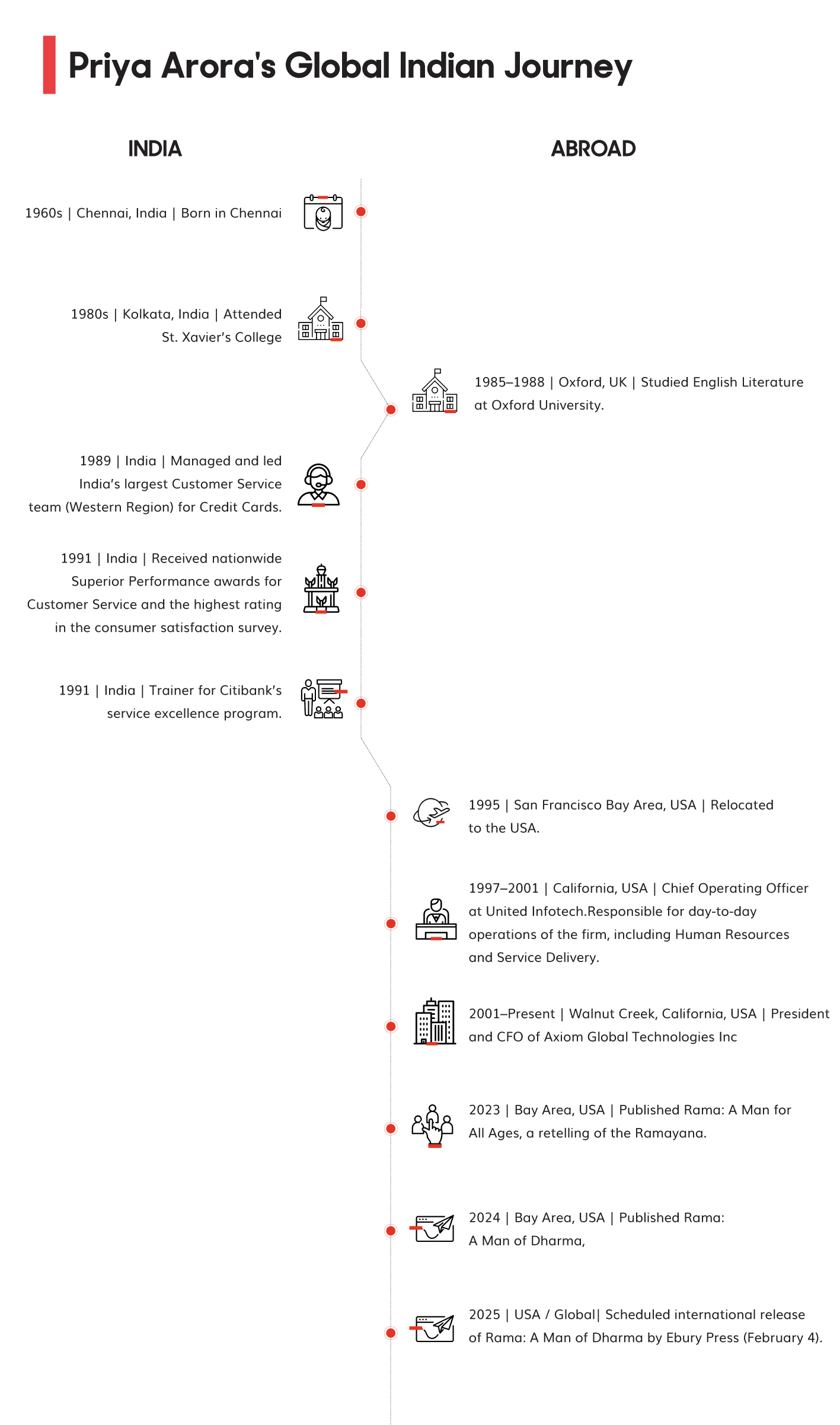
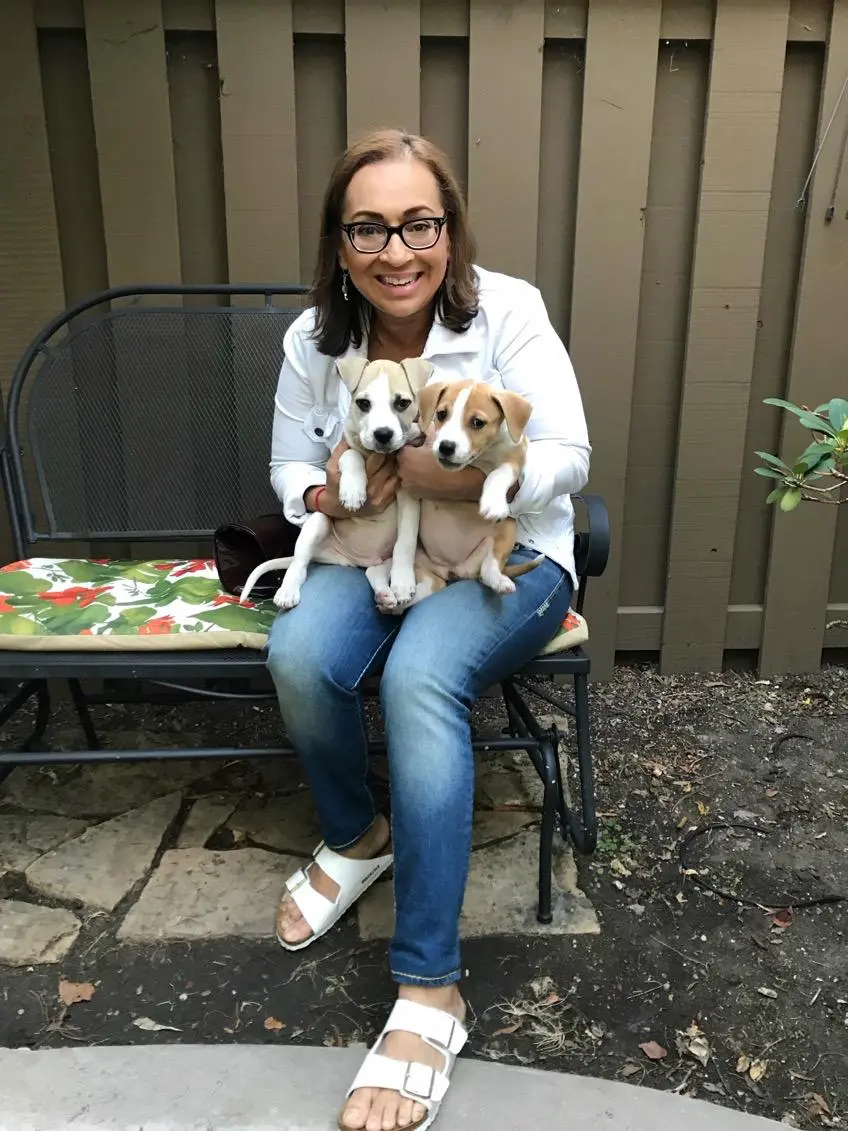
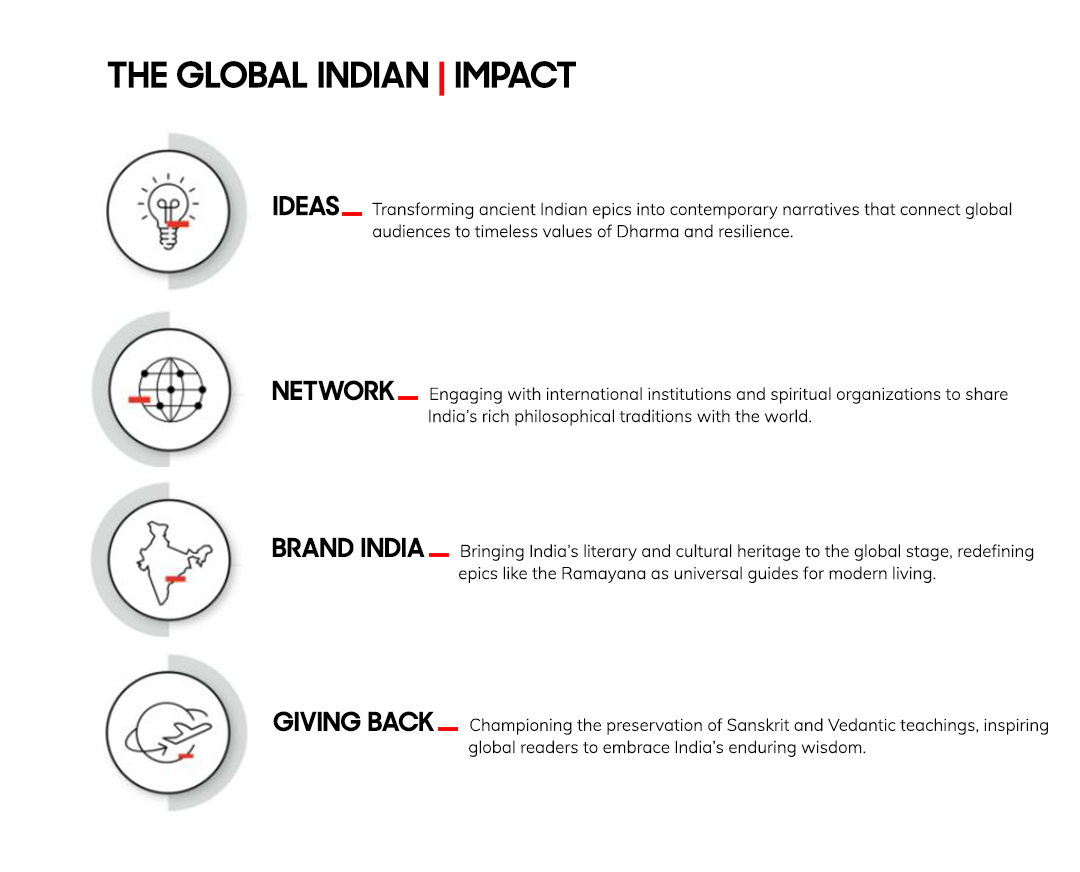
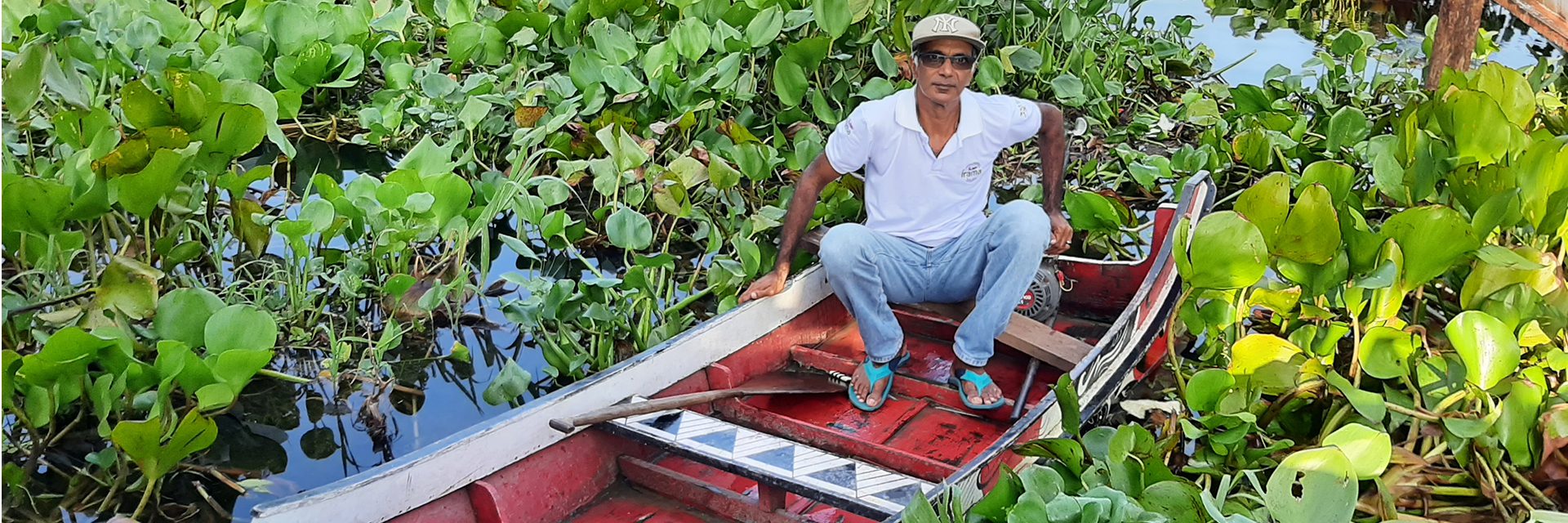
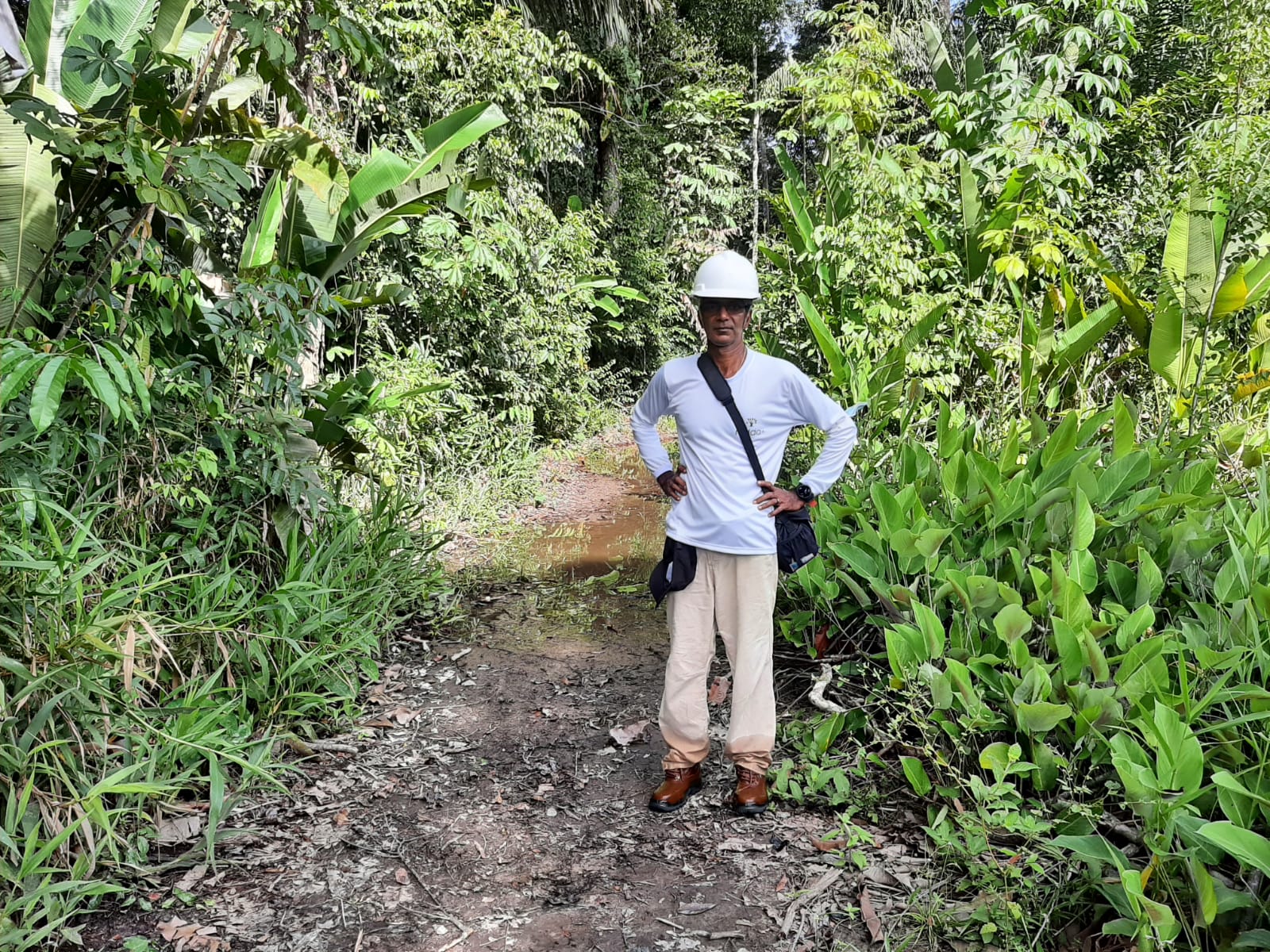 Shaji Thomas[/caption]
Shaji Thomas[/caption]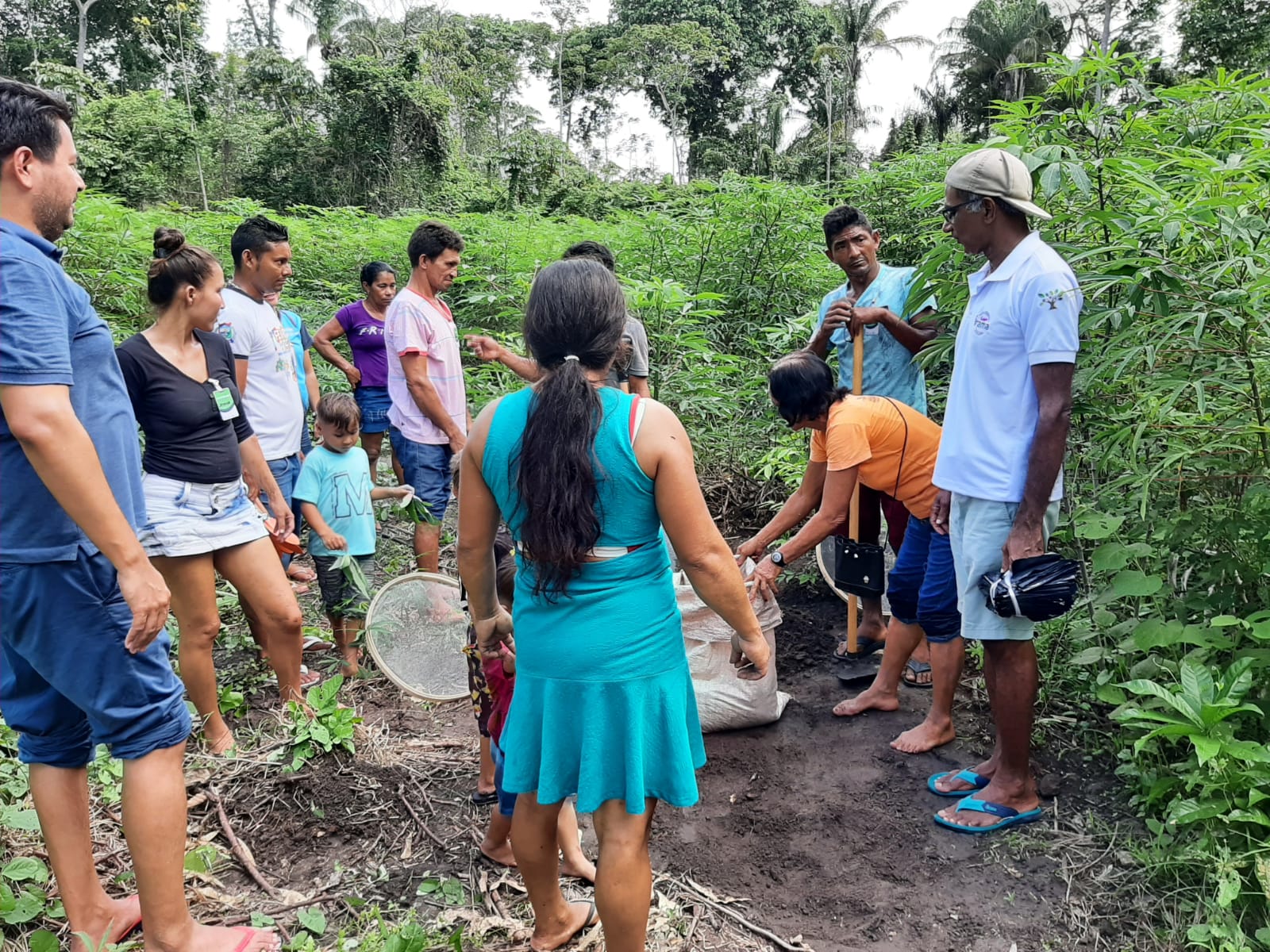 Shaji during a forestation event[/caption]
Shaji during a forestation event[/caption]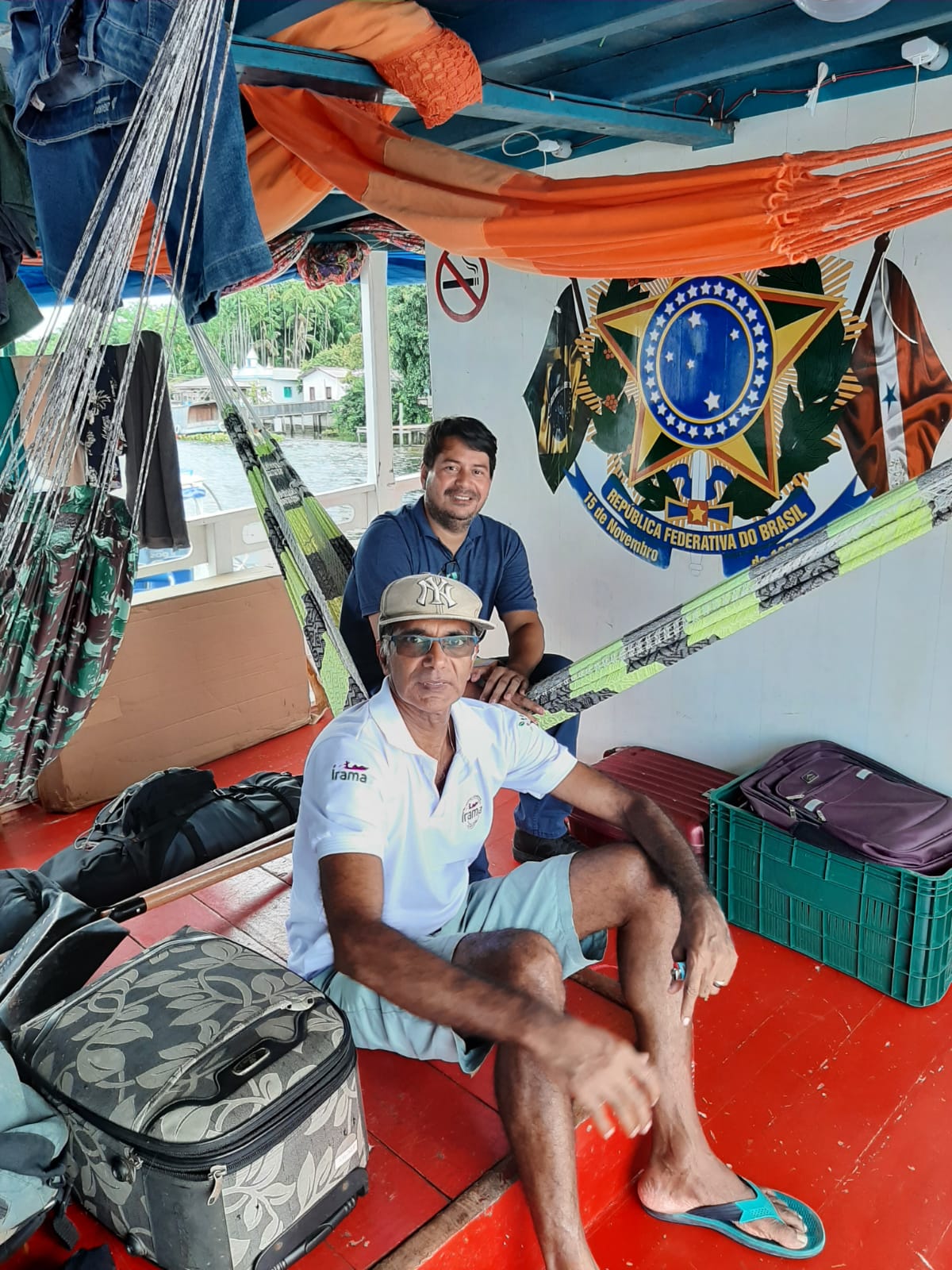 Shaji Thomas[/caption]
Shaji Thomas[/caption] Shaji with his family[/caption]
Shaji with his family[/caption]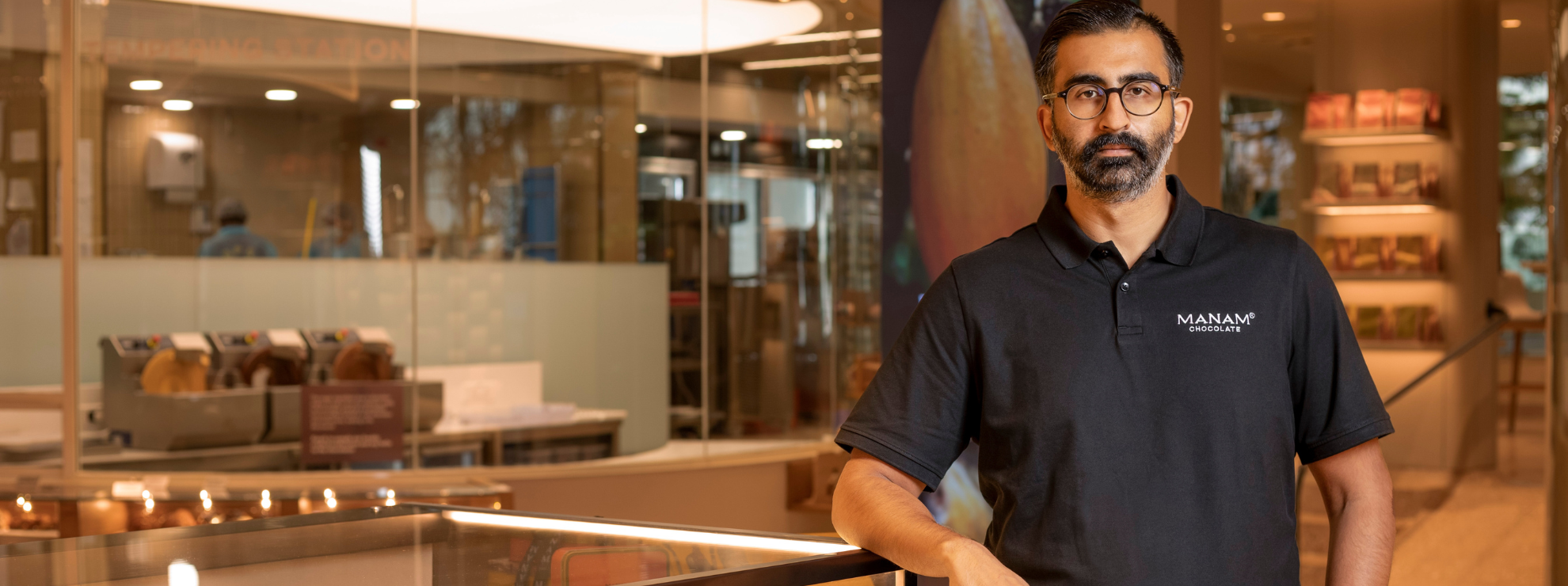
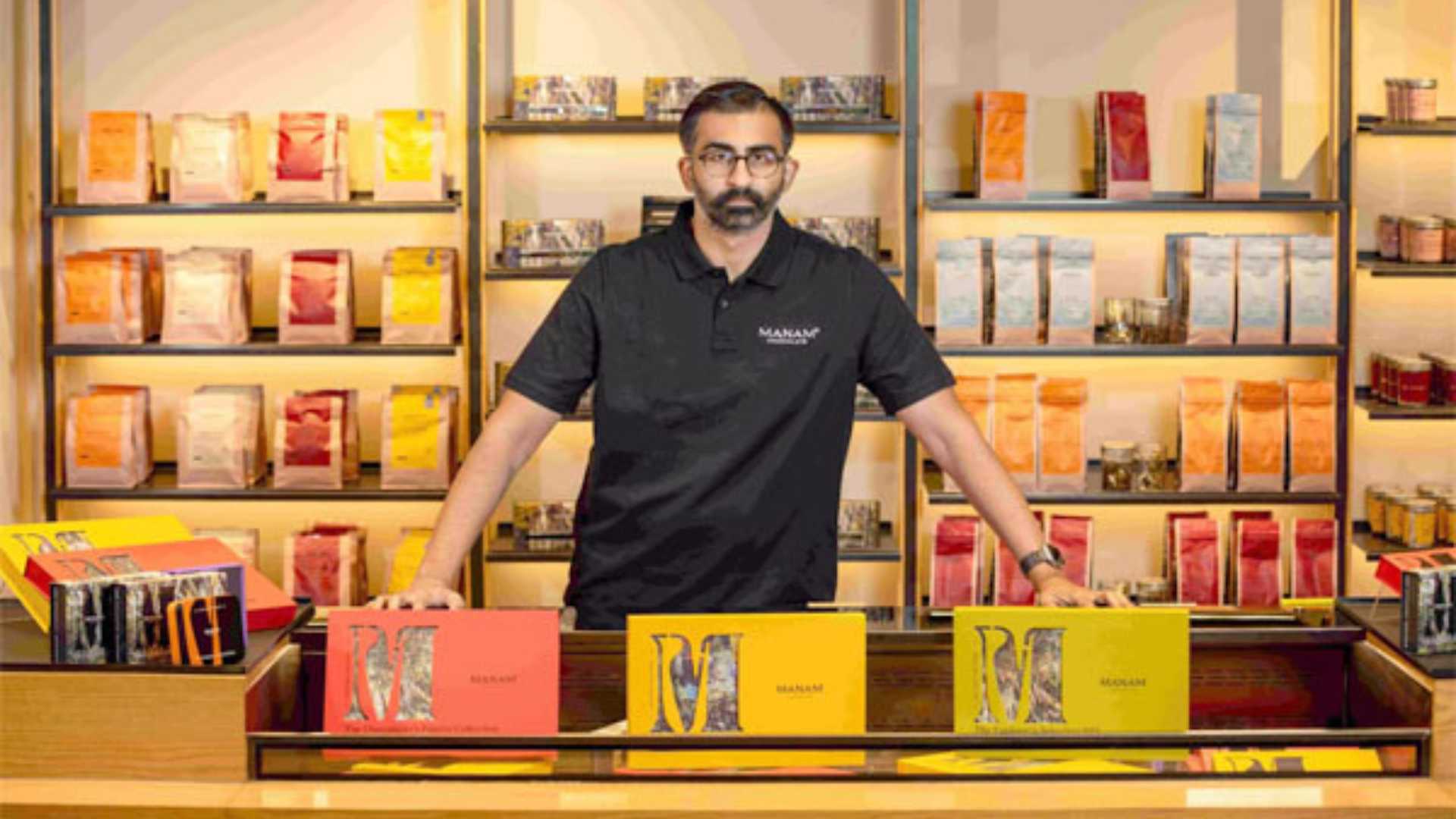
 The 'Indulge' collection by Manam Chocolates. Photo courtesy: Daniel D'Souza[/caption]
The 'Indulge' collection by Manam Chocolates. Photo courtesy: Daniel D'Souza[/caption]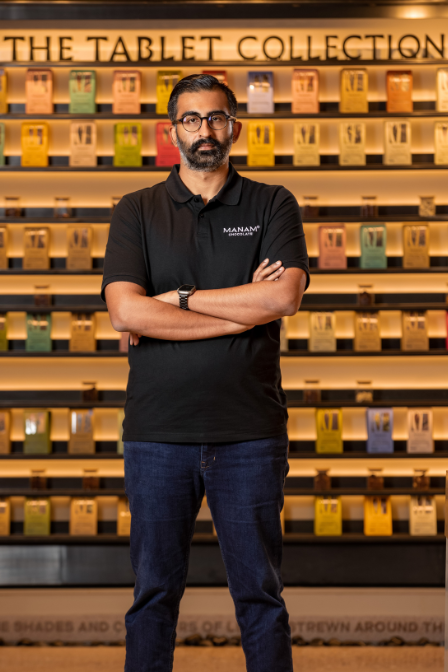 Chaitanya Muppala is putting Indian craft chocolate on the world map. Photo courtesy: Daksh Chindalia.[/caption]
Chaitanya Muppala is putting Indian craft chocolate on the world map. Photo courtesy: Daksh Chindalia.[/caption]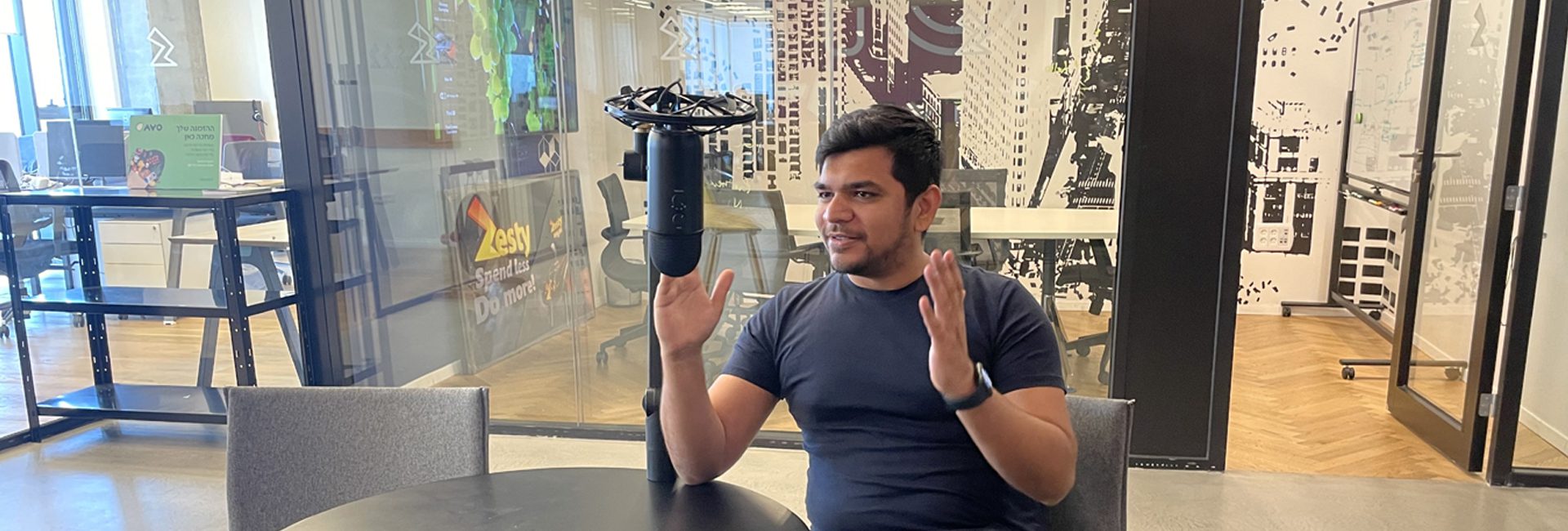
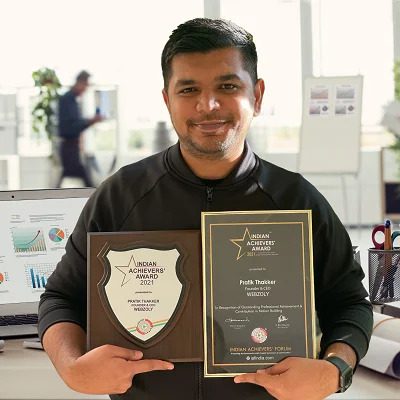
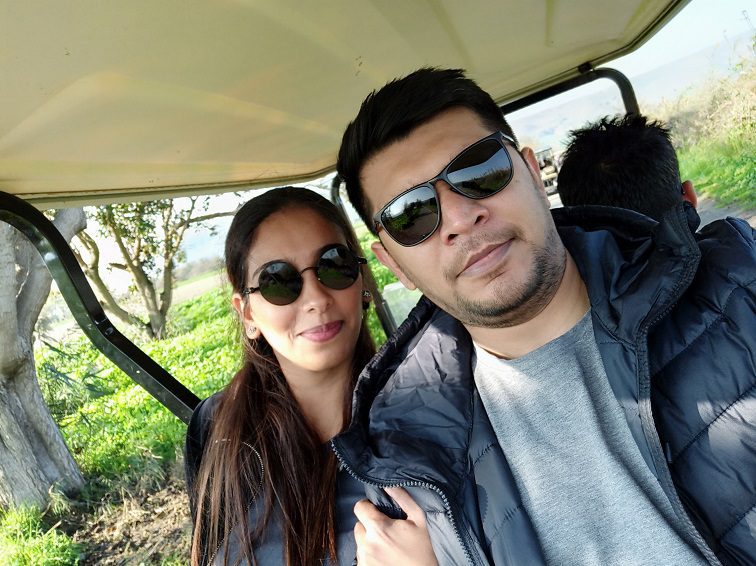 Pratik with his wife, Nancy[/caption]
Pratik with his wife, Nancy[/caption]
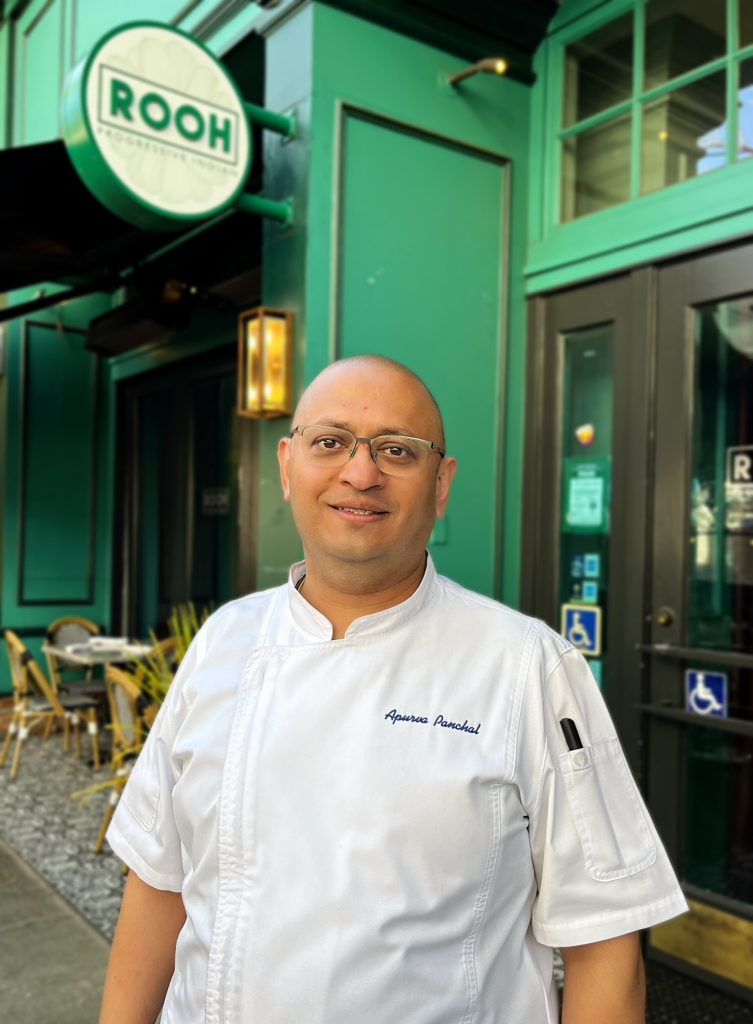 Chef Apurva Panchal dishes up progressive Indian cuisine at Rooh[/caption]
Chef Apurva Panchal dishes up progressive Indian cuisine at Rooh[/caption]